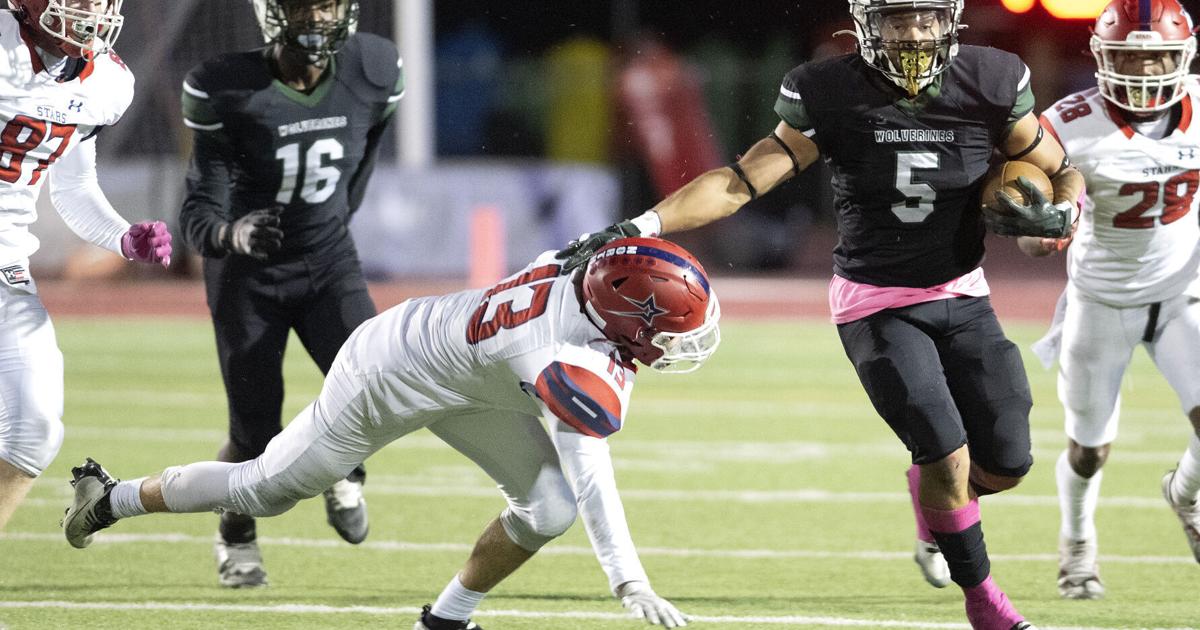I believe that research paper I posted above does prove that "poor kids" are less represented at the D1 Level.
The factor that must be considered is that a resounding % of the D1 level players come from areas of socio-economic disadvantage, and these areas are the most densely populated. In other words, there is a much larger pool of kids in these areas. Take a random Class A school in Nebraska. 3 of their players take D1 offers. That is 3 players from a roster of maybe 200 kids. Remember that these schools have Freshmen Teams, JV Teams, and Varsity Teams. In addition, they have players that may otherwise be participating that get cut. We could be looking at 3 kids out of a potential pool of 300 or 400 if we go all the way back to middle school. So even more D1 players come from these geographical areas, the percentage is extremely low.
Another factor worth throwing in here is that we aren't really talking about D1 Athletes in this thread. We are talking about team success at the HS level. There can be really good players on really bad teams, and they move on to the D1 level. Ernest Hausman would be a great example of this. 1 kid from Columbus gets a D1 offer last year. He played on a .500 team that did not even make the playoffs. He got that offer because of his raw athleticism, not because of his superior understanding and seasoning as it relates to football.
You and I typically see things in a similar way. You obviously are a bit more direct in your communication style 😂 but your message is typically one that I clearly understand even if I don't agree. If you see this data differently, please tell me and tell me why. This stuff is really interesting to me, and we can all learn a lot from one another.

